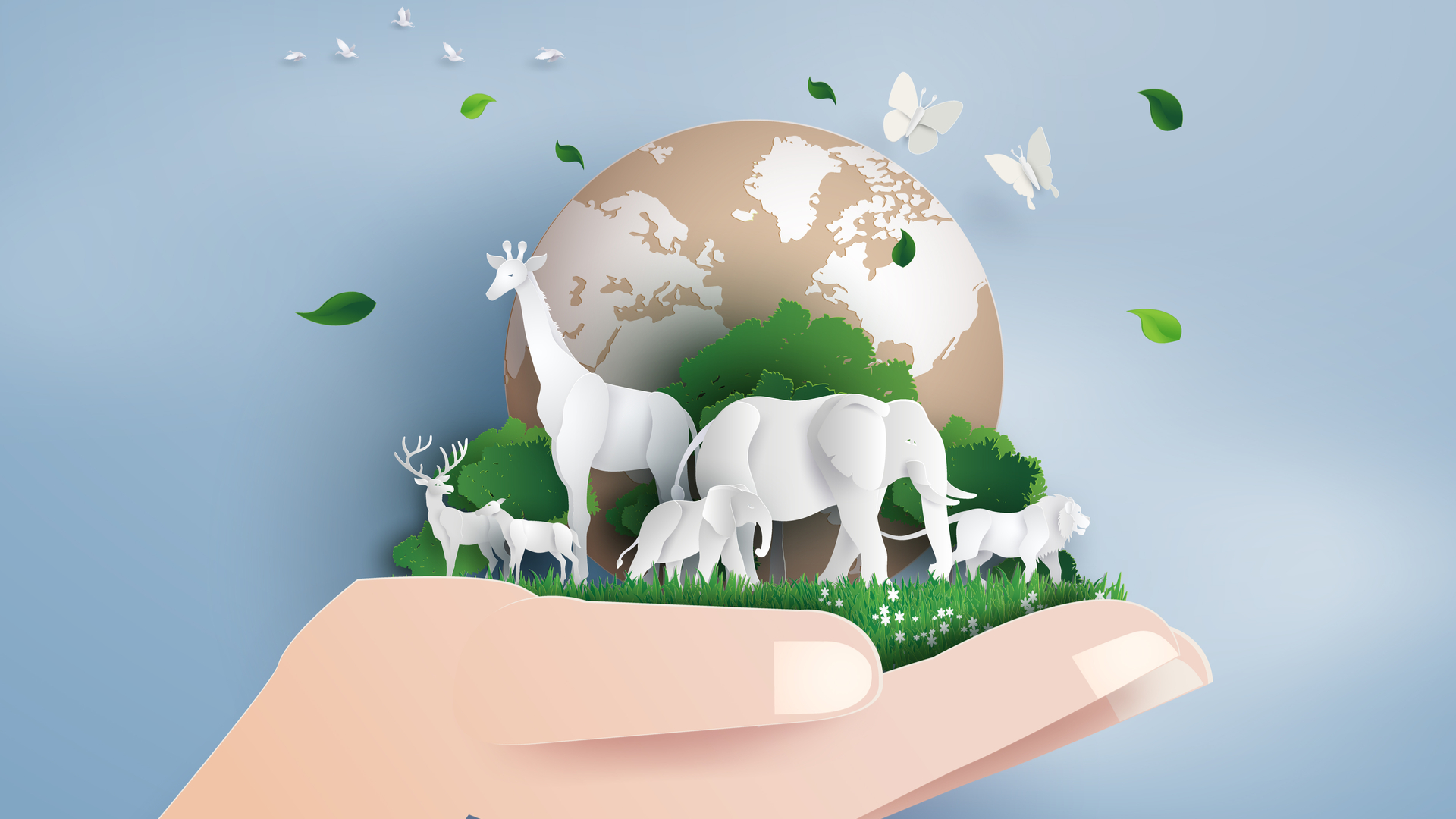
We’re an affiliate!
We hope you love the books we recommend! Just so you know, we may collect a share of sales or other compensation from the links on this page. Thank you very much if you use our links, we really appreciate it.
Long story short, “The Sixth Extinction” is about how we as humans are slowly driving the next mass extinction through environmental causes on the Earth’s landscape. Everything from pollution to deforestation contributes to the negative effects of every living species on Earth which can ultimately lead to our demise.
We tend to fantasize about the extinction of humanity, as it seems to be a popular theme amongst science fiction movies, novels and the media. Despite it seeming too theatrical and fictional, it may be closer to real-life than you think.
While I’m not referring to a zombie apocalypse or intergalactic warfare, but instead talking about human self-inflicted activity that harm our environment, which may ultimately lead to our own extinction from climate change, deforestation and rising water in our oceans.
Over the course of the Earth’s history, there have been five recorded mass extinctions. Through each extinction, was a profound loss of biodiversity as millions of species and plants have been wiped out from the environment. The last mass extinction the Earth has faced was known as the Cretaceous extinction, most famously known for the asteroid and volcanic eruption that erased the existence of the dinosaurs.
While that was over 65 million years ago, Kolbert refers to the next 6th extinction as “mankind’s defining legacy” as we as humans, both have the power to prevent it, or worse cause our own demise.
Here are the 6 Ways in which we are driving the next mass extinction:
- Deforestation
- Composition of the atmosphere
- Ocean acidification
- Global migration
- Reduction in biodiversity
- Natural human characteristics
For those who don’t know
Elizabeth Kolbert is a Pulitzer-prize wining author and New York Times staff writer who focuses on environmental studies and causes.
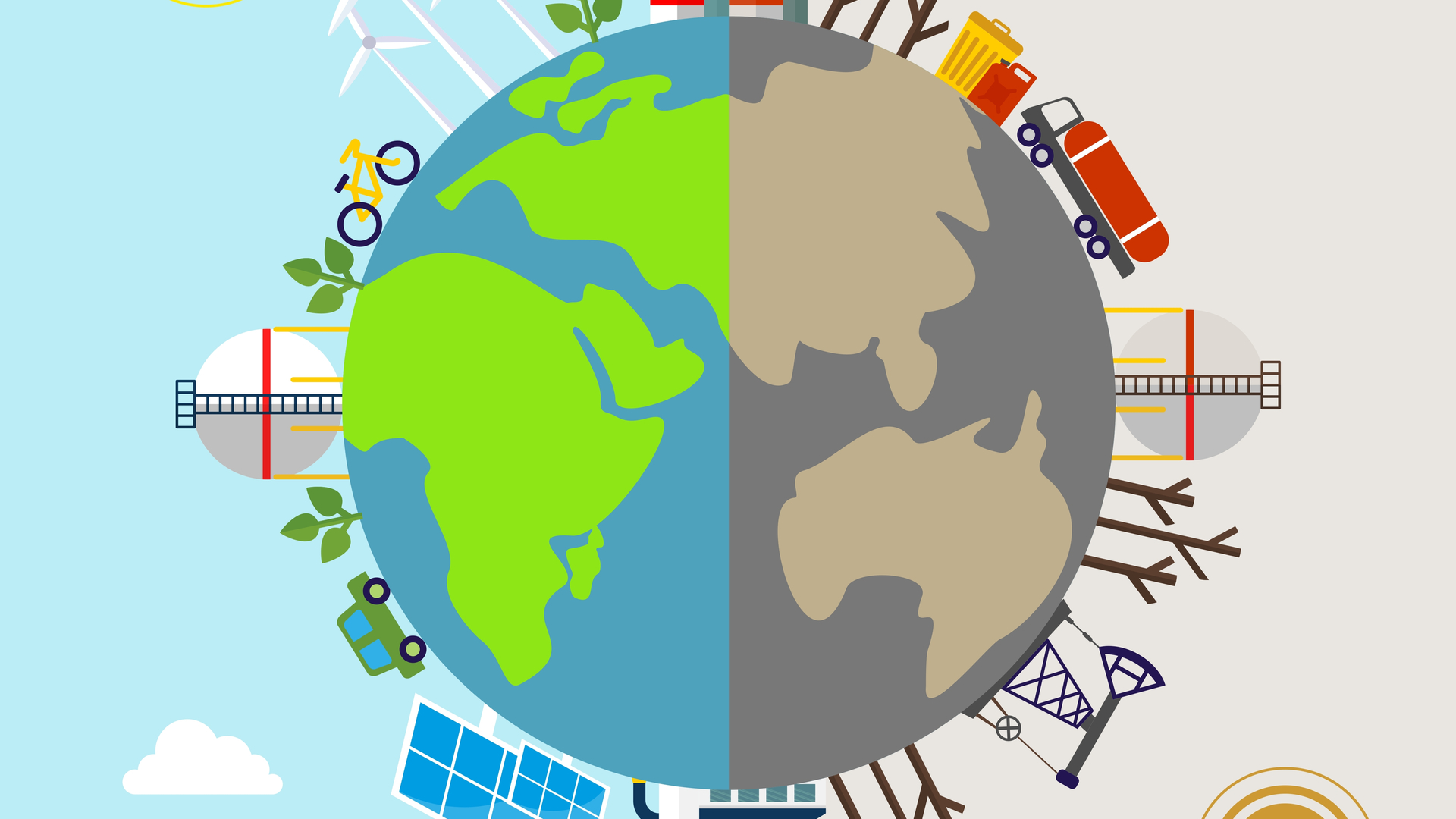
Kolbert mentions how humans have a natural tendency to care about the problem regarding sharing our planet with other species, yet we continue to make decisions solely focused on our present needs as we continue to destroy forests, pollute the air and disregard other habitats.
With the biodiversity of the planet diminishing at a rate never seen before, Kolbert dives into how the existence of humans have altered life on Earth.
Deforestation
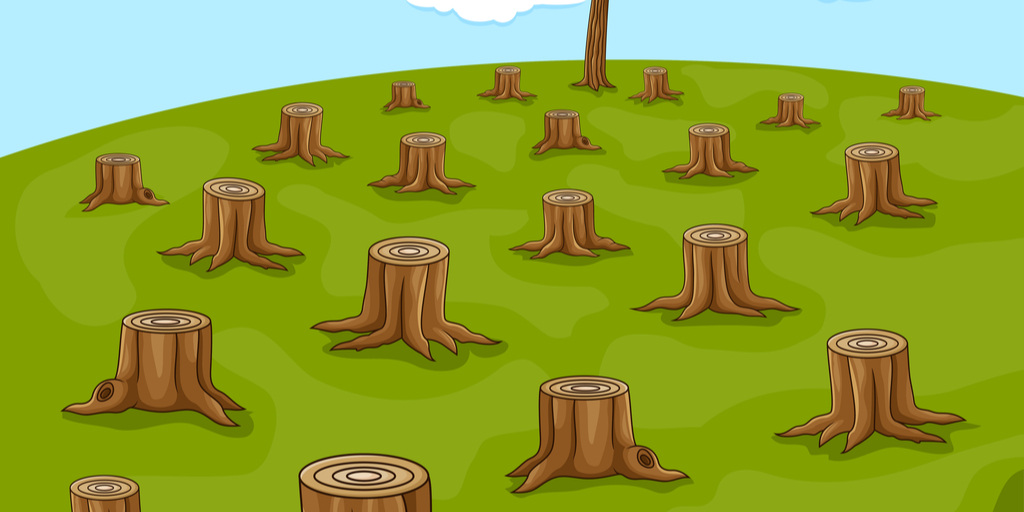
Save the trees period. To keep it simple, Deforestation is the process of clearing large areas of trees in a given area. Humans have notoriously been greedy when it comes to using the environment’s trees for economic purposes. As trees get displaced or removed in areas such as rainforests, temperatures would rise to high levels. While it is nice to have big wooden houses and lumber for trade, it is not so nice creating a overwhelming sauna affecting the inhabitants.
In order to investigate this, Kolbert conducted a study in the amazon rainforest to see how rising temperatures affect the biodiversity in the area. Her studies confirmed that as temperatures continue to rise at faster rates, species will have to adapt to those temperatures as quickly.
Nevertheless, this will speed up the process of identifying which species will be the strong survivors, and which species will die off.
Ocean acidification
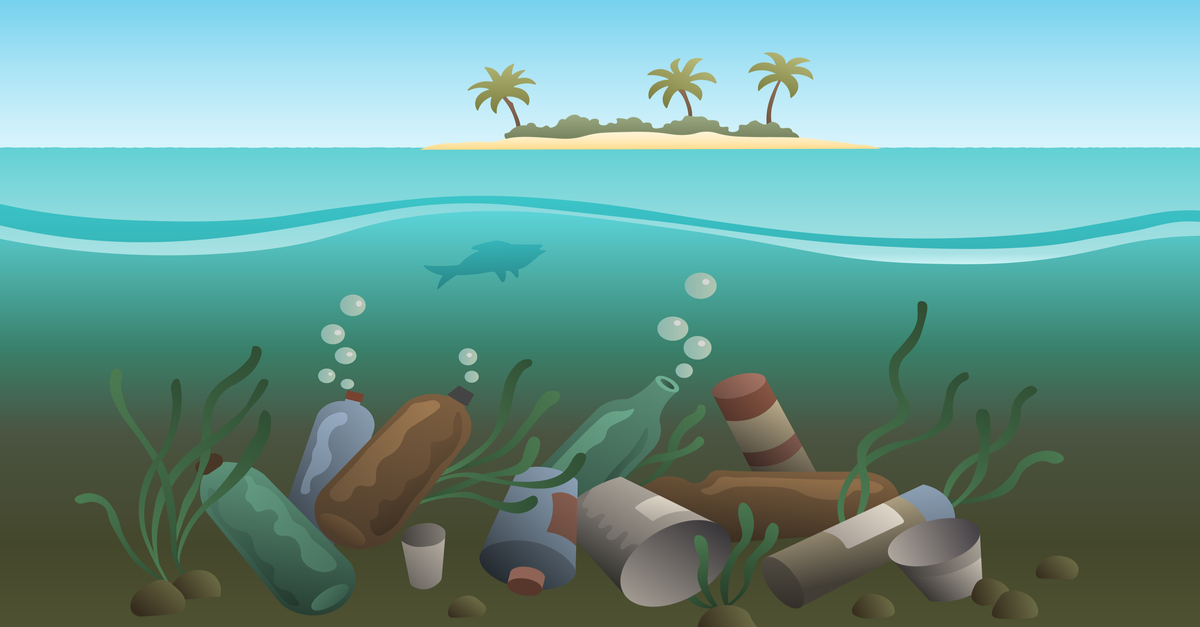
What goes up must come down. This famous phrase unfortunately applies to how carbon dioxide is flowing around our planet. With global warming taking a lot of the spotlight when it comes to carbon dioxide emissions in our atmosphere, we tend to forget about its evil twin ocean acidification.
Ocean acidification is when unusually high levels of carbon dioxide enter our oceans. As millions of carbon dioxide cells are being absorbed, this will cause great harm in our oceans by reducing biodiversity due to disrupting the natural order of ocean life as the elimination of species such as shellfish and coral reefs. Primary causes of ocean acidification are due to the emission of fossil fuels through industrial manufacturing & transportation vessels and an increase in carbon dioxide in the Earth’s atmosphere.
The reduction of wildlife in the ocean would place many obstacles for us, which includes our availability of food seafood, toxifying our oceans affecting future reproduction of sea life and tainting water supplies with acid for human use.
Global Migration
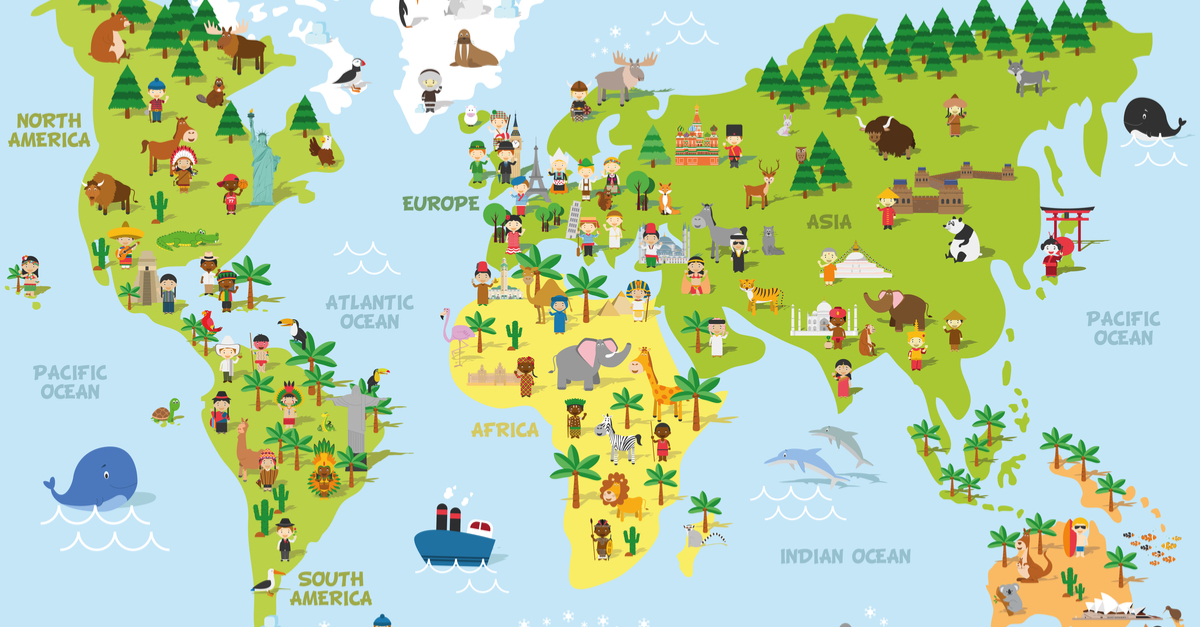
If you take a look at our world map from a birds eye view, some may view it as giant puzzle pieces where you can slot South America right beside Africa and North America to parts of Western Europe. Alfred Wegener, the father of the continental drift theory, thought the same when he came up with this idea where in the past, the entire world was clustered up into a super-continent, calling it Pangea.
Wegener’s theory was the idea that the placement of the continents today, must have been caused by due to the constant movement of the Earth known as plate tectonics. What this leads to is how humans have been one of the few species that were able to migrate successfully across most of the land around our planet.
This dates back to our early roots, where humans originated in Africa 60,000 to 70,000 years ago and as the “continental drift” has continued to shift the Earth, humans were able to travel across various lands, where other species were not able to do so.
Kolbert refers to humans as arguably the “most successful invader in biological history”.
Reduction in Biodiversity
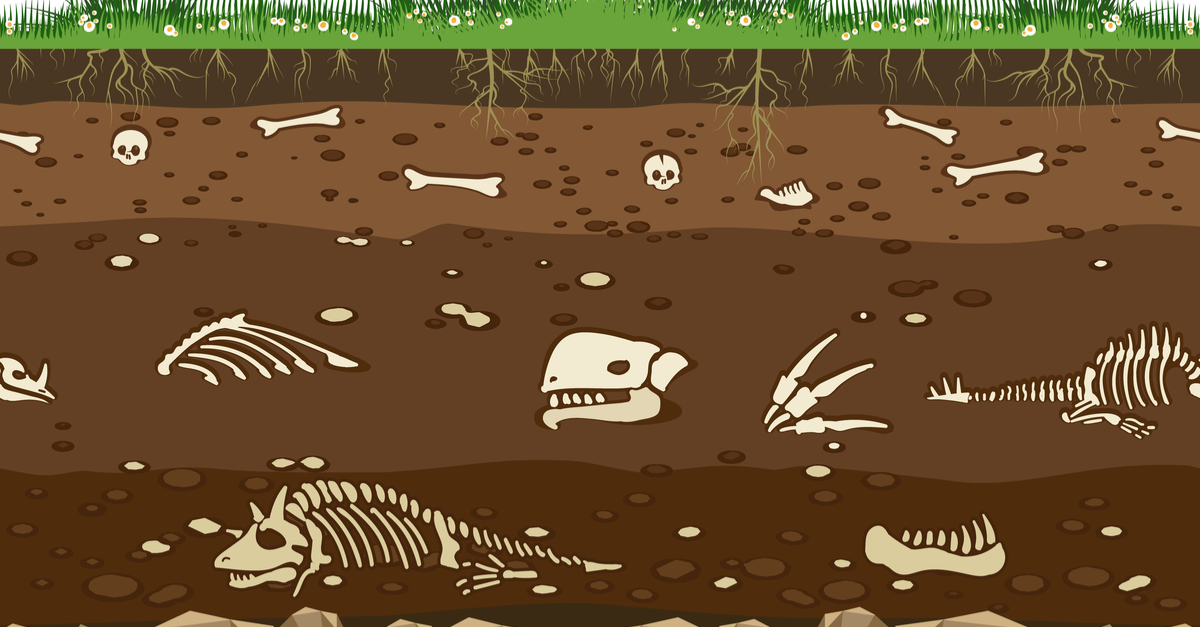
With humans at the top of the food chain, the existence of other species are in constant peril. Over the course of our history, many technological advancements from the rail road, to the cultivation of food in the agriculture industry would negatively affect the wildlife across the globe.
As a result, the reduction of biodiversity on Earth has moved at a rate faster than any period in the Earth’s history. Kolbert had gone in-depth with various species who are near-extinction such as the Panamanian golden frog and the Sumatran Rhino to display the impact humans have on certain environments and its inhabitants.
The reason for this, is the fact that we have been able to remain at the top of the food pyramid while enduring mother natures dangers across various environments. Despite all of mother natures challenges, what exactly would make humans so adaptable across different environments? We’ll dive into this with our next point.
Natural Human characteristics

We tend to feel that we have some sort of pre-determined destiny or reason as to why humans remain the dominant species of our planet. Kolbert mentions there are three main characteristics as to why humans have such an advantage compared to the other species on the planet:
- Creativity
- Restlessness
- Ability to solve complex problems
By leveraging these characteristics, humans were able to solve many issues regarding hunting & gathering food, finding shelter and protecting our tribal communities. These new traits & characteristics became the key to survival on this planet. No longer, did animals need to be the biggest or strongest species to rule, but instead humans have changed the game of the Earth’s landscape with their ingenuity and resilience to survive and adapt.
What can WE do about it?
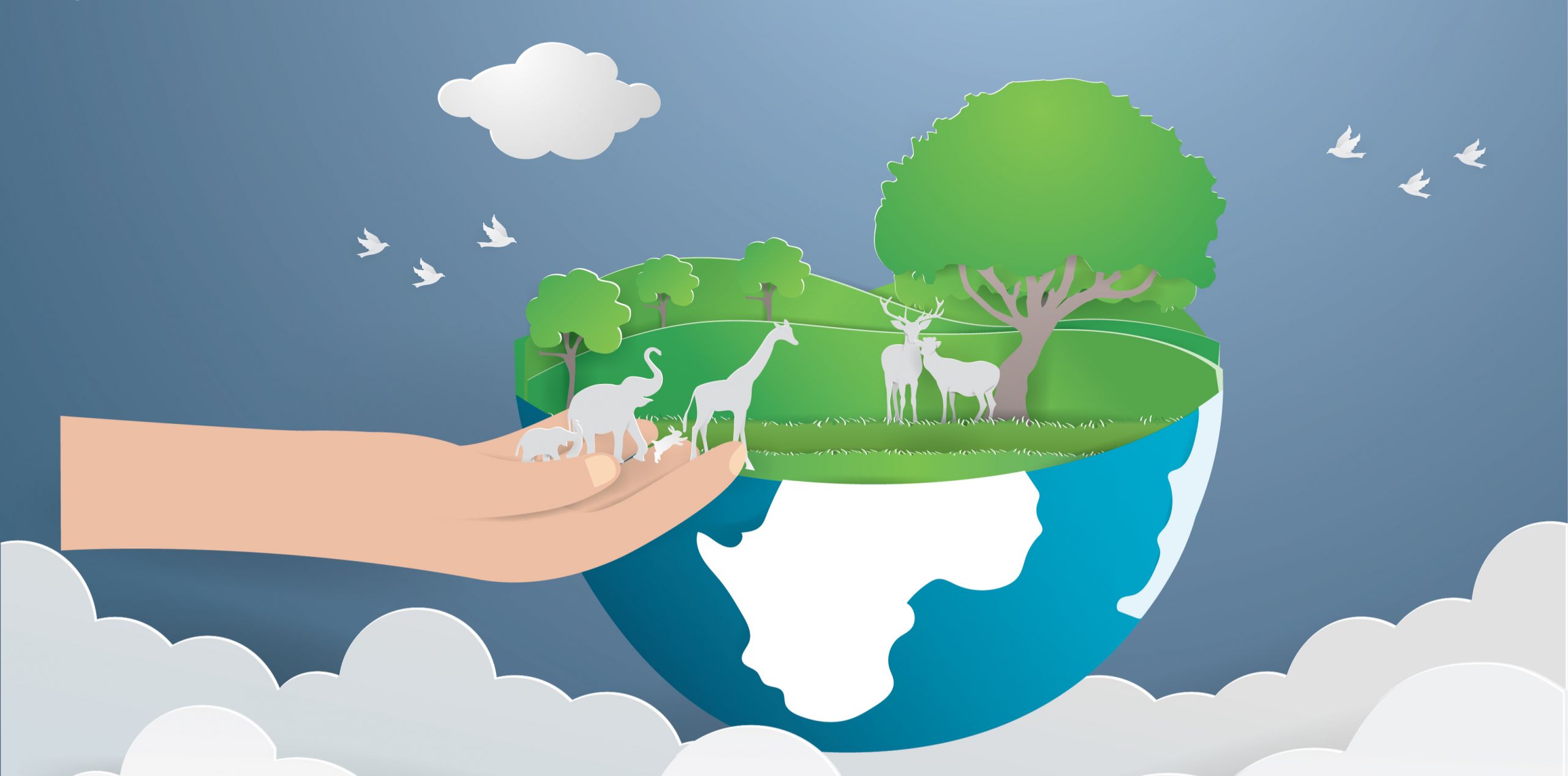
Ironically, in the pursuit of accomplishing our goals and protecting our own communities from mother nature’s dangers, our worst enemy ended up manifesting into ourselves.
So the question remains, where do we go from here?
In order to focus on sustaining our existence on this amazing planet, there are several factors for us to ponder about:
- How can we build/ sustain natural resources?
- What can be done to minimize the damage of our activity in our environment?
- How can we accommodate other species in our land & oceans?
We as humans have put ourselves in the rare position of determining what lies ahead in terms of continuing our legacy or biting the dust like the other species that have inherited the Earth.
If you would like to give Elizabeth Kolbert’s the Sixth Extinction a read while supporting the blog feel free to click here.
Sources for this post:
#1: Pariona, Amber. “Timeline Of Mass Extinction Events On Earth.” World Atlas, Worldatlas, 8 Aug. 2016, www.worldatlas.com/articles/the-timeline-of-the-mass-extinction-events-on-earth.html.
#2:Kolbert, Elizabeth. The Sixth Extinction an Unnatural History. Picador, Henry Holt and Company, 2015.
#3: “Deforestation.” WWF, World Wildlife Fund, www.worldwildlife.org/threats/deforestation.
#4: “Causes, Effects and Solutions of Ocean Acidification.” Earth Eclipse, 8 Feb. 2016, www.eartheclipse.com/environment/causes-effects-solutions-of-ocean-acidification.html.
#5: Britannica, The Editors of Encyclopaedia. “Pangea.” Encyclopædia Britannica, Encyclopædia Britannica, Inc., 3 Dec. 2018, www.britannica.com/place/Pangea.
#6: “Map of Human Migration.” Genographic Project, genographic.nationalgeographic.com/human-journey/.






